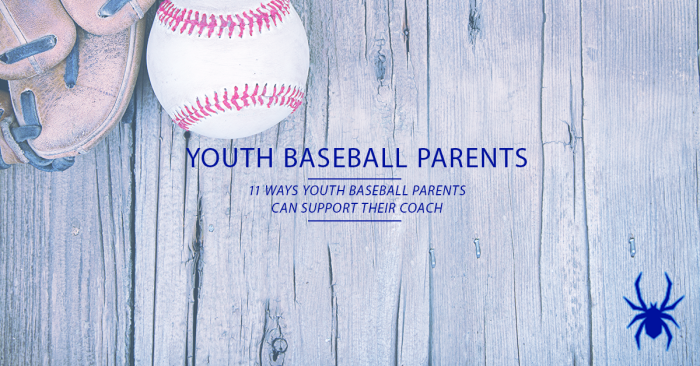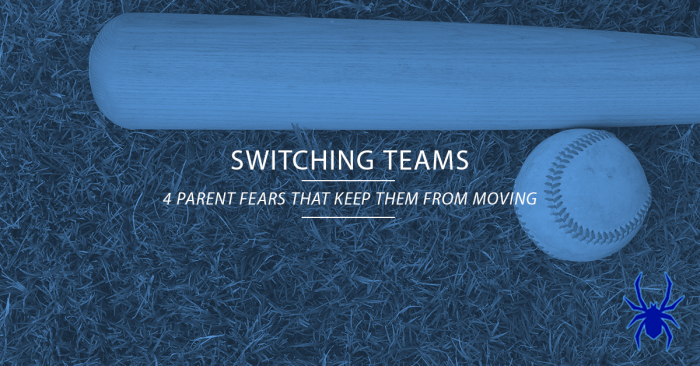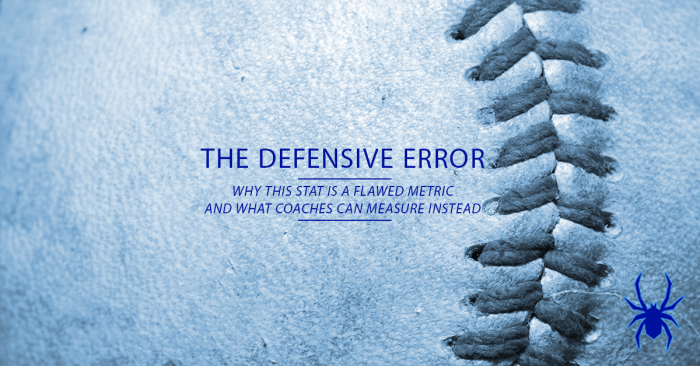Hustle is often what separates great youth baseball teams from the very good ones. Here are nine examples of how to make hustle part of your team’s culture.
11 Ways Youth Baseball Parents Can Support Their Coach
Youth baseball parents serve an important role. Here are 11 ways that they can support their coach and make it the best possible season for everyone…
4 Parent Fears That Prevent Kids From Switching Tournament Baseball Teams
Switching tournament baseball teams is not an easy decision. Most families have fears that keep them in an unhappy situation rather than moving on…
Playing Up: 6 Things to Consider Before Joining an Older Age Group
Should your child play up? Here are six things to consider before deciding to allow your child to play tournament baseball with an older age group.
The Defensive Error: The Flaw and What Coaches Can Measure Instead
The defensive error is a problematic metric for measuring hitting and fielding ability. Here are the issues as well as a way that coaches can approach it.
- « Previous Page
- 1
- …
- 16
- 17
- 18
- 19
- 20
- 21
- Next Page »




